The last coal-fired steamship in the US is in Lake Michigan. Look inside.

- At 72 years-old, the SS Badger steamship is among the oldest ships in the Great Lakes, and the nation’s only coal-fired steamship still in operation
- Bridge Michigan took a tour of the Badger for a recent story on efforts to switch its fuel from coal to an emissions-free alternative
- The resulting photographs offer a fascinating look inside the historic vessel
LUDINGTON — The SS Badger steamship has shuttled people, vehicles and freight across Lake Michigan for longer than most of the state’s residents have been alive.
As the last coal-fired passenger steamship in the nation, the 72-year-old ship is a national historic landmark and a celebrated link to the heyday of Great Lakes shipping.
It’s also a frequent source of controversy over the pollution that emanates from its smokestack.
Related:
- On Lake Michigan, a coal-fired steamship and ferry eyes a clean-energy future
- Road trips are key to making EVs work in Michigan. They’re doable now. Barely
- EV road trip postcard: On the ferry back to Michigan
As Bridge Michigan reported today, the Badger may soon undergo a transformation: Its owners are considering swapping out the coal-fired propulsion system with a cleaner alternative.
The goal, if money allows, is to preserve the ship’s historical significance while making it a trailblazer of the clean-energy future.
Our reporting offered a rare opportunity to tour the ship, from its sunny open decks to its dark, sweltering boiler room. Here’s a sampling of photographs taken by Bridge’s Asha Lewis:
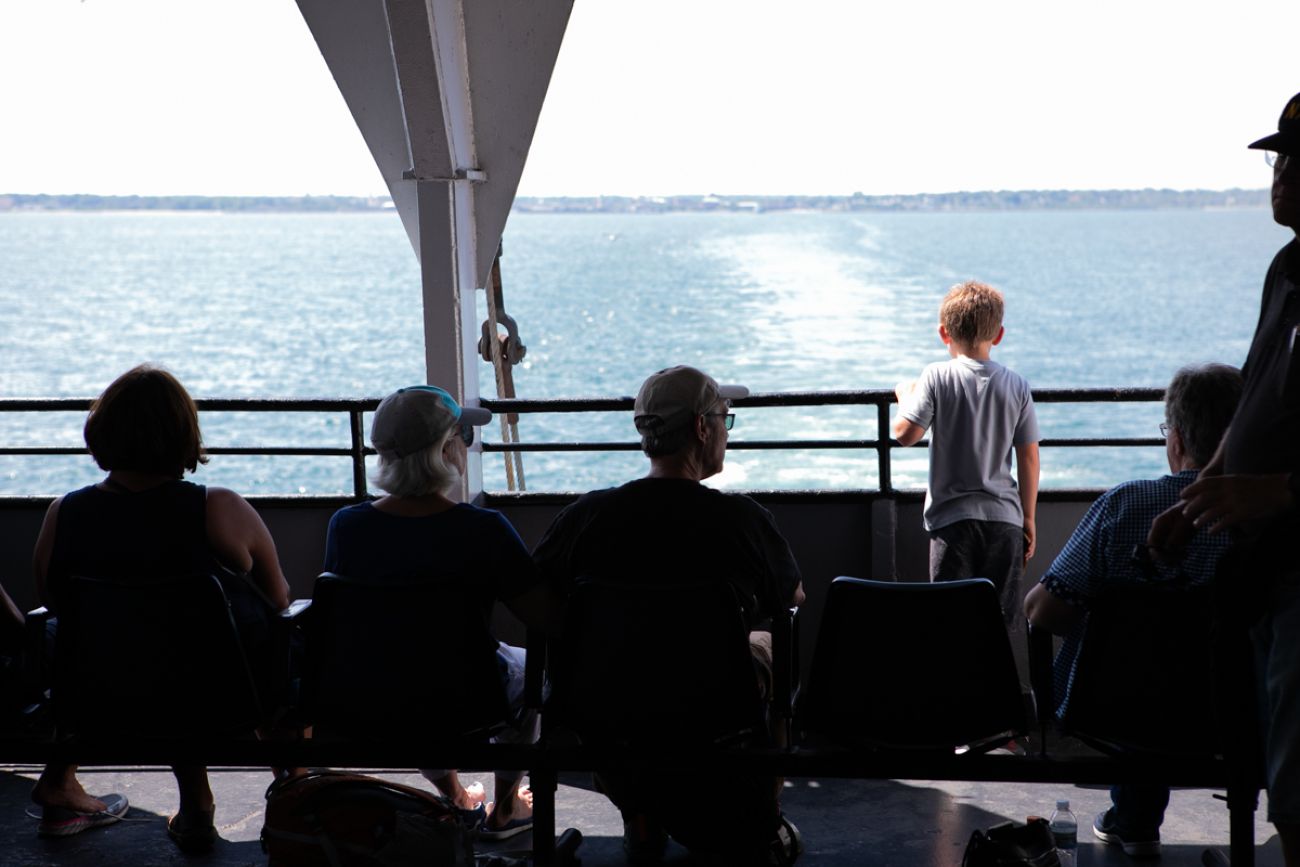
Passengers on the SS Badger gaze toward the receding shoreline of Manitowoc, Wisconsin, as the ship sets sail toward Ludington. The 410-foot vessel takes four hours to cross the lake, cruising at a speed of about 18 mph.
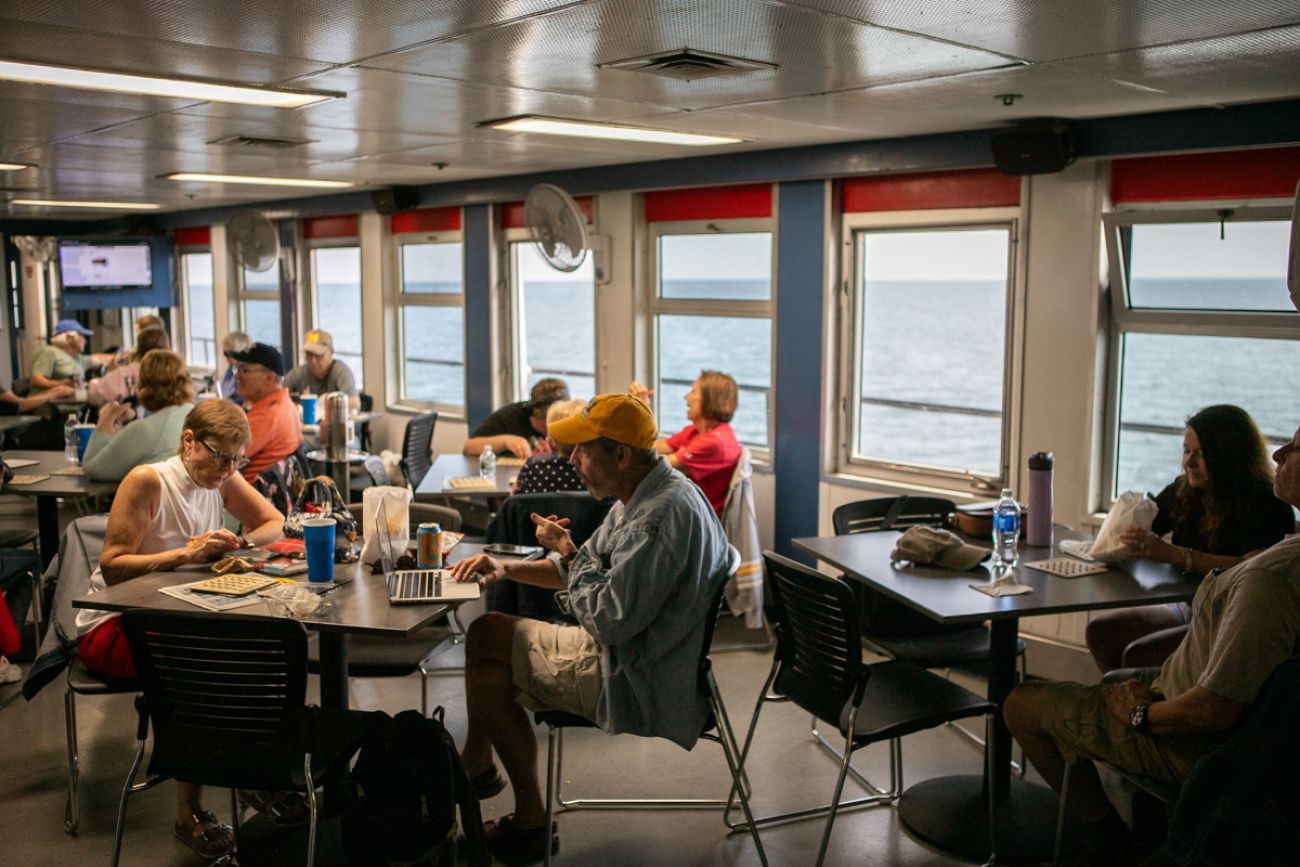
“Badger Bingo” is a longstanding tradition on the ship, persisting for decades even as wireless internet and other modern amenities have begun competing for passengers' attention.
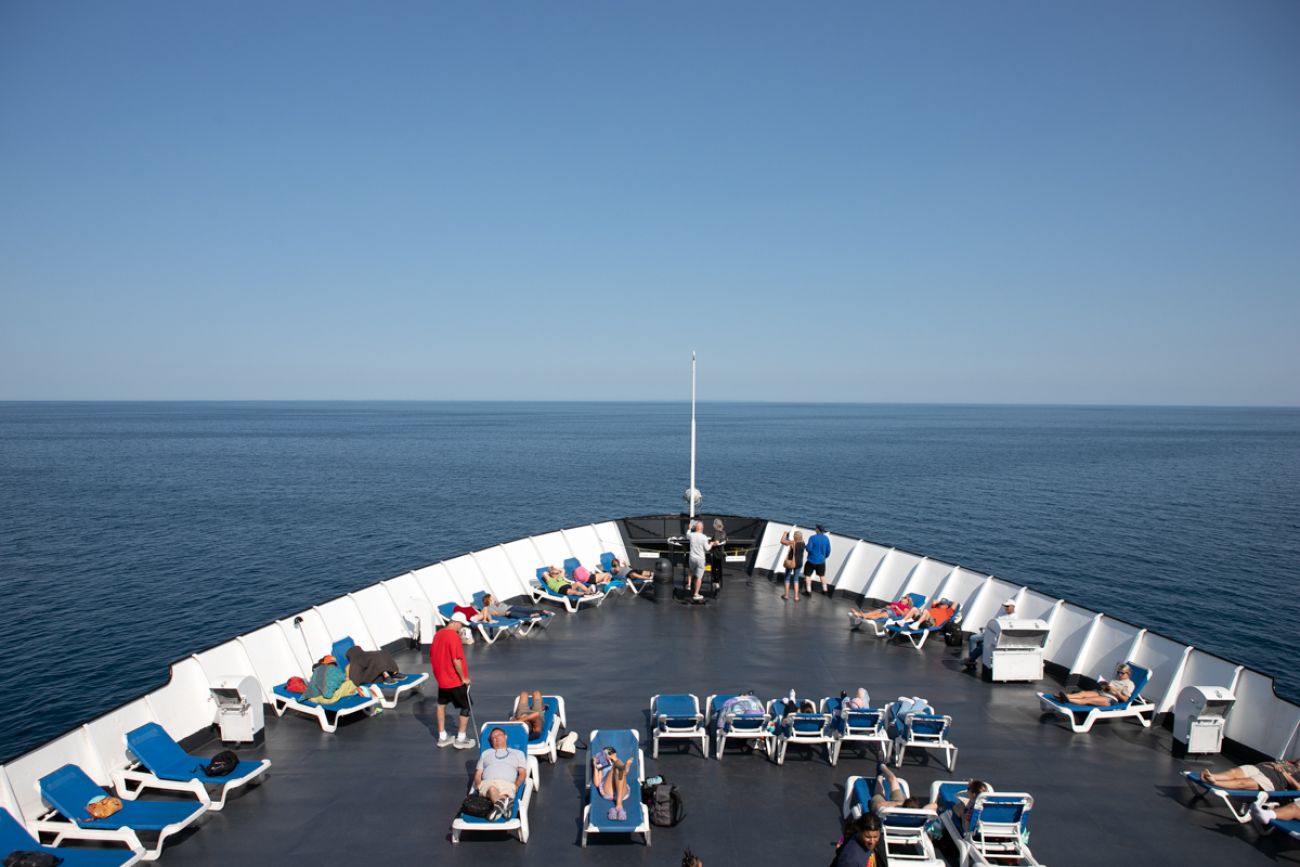
On a warm, sunny day, there are few better places on earth than the open deck at the bow of a ship on the Great Lakes. SS Badger passengers were treated to such a day on July 26 as the ship cruised from Manitowoc, Wisconsin to Ludington, Michigan.
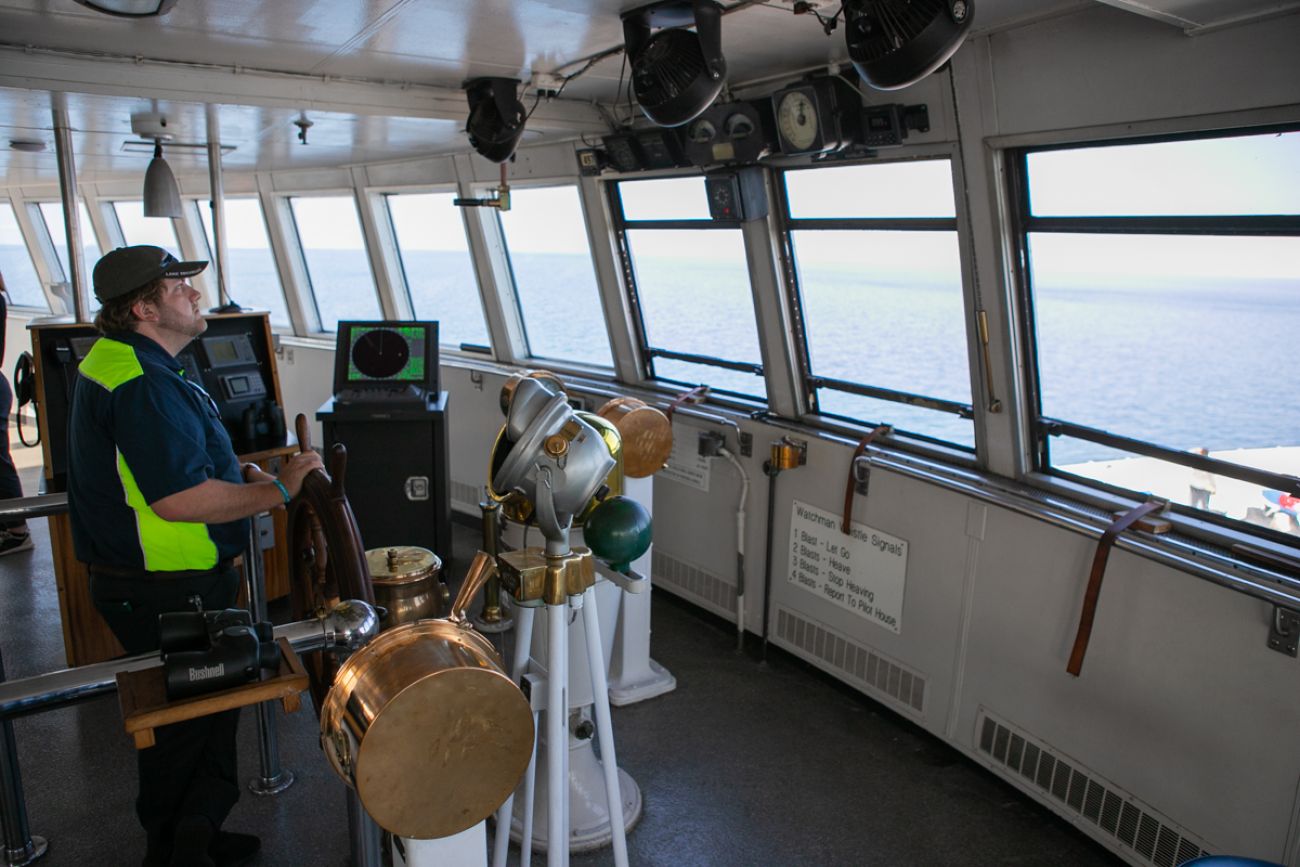
A crew member steers the SS Badger steamship.
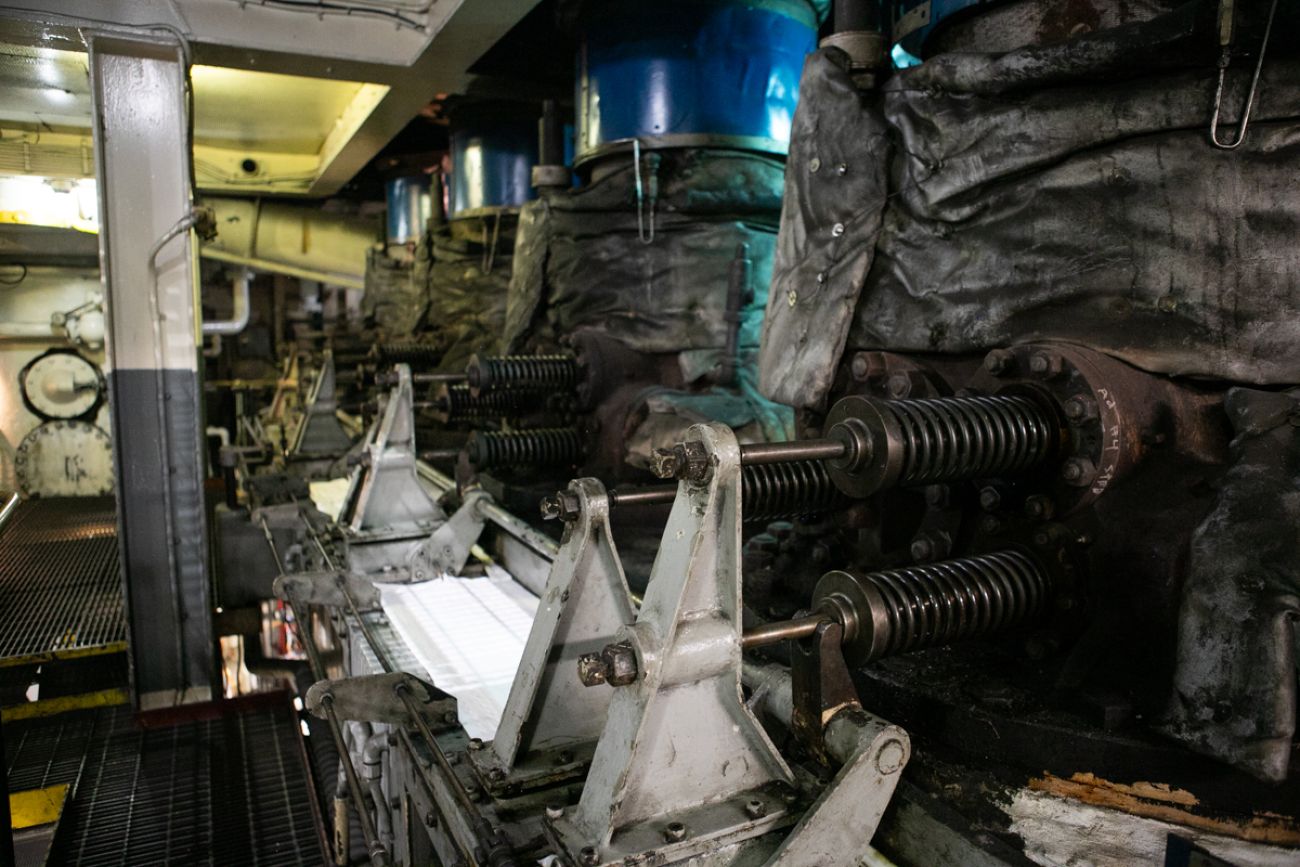
Inside the engine room deep in the belly of the SS Badger, a series of massive pumps help power the ship’s two 3,500 horsepower steam engines.

Beto Ramirez is a fireman on the SS Badger, responsible for tending to the ship’s four coal-fired boilers. The Badger is America’s last coal-fired steamship, and its owners are considering switching to an emissions-free energy source. But cost will ultimately determine whether they move forward with the idea.
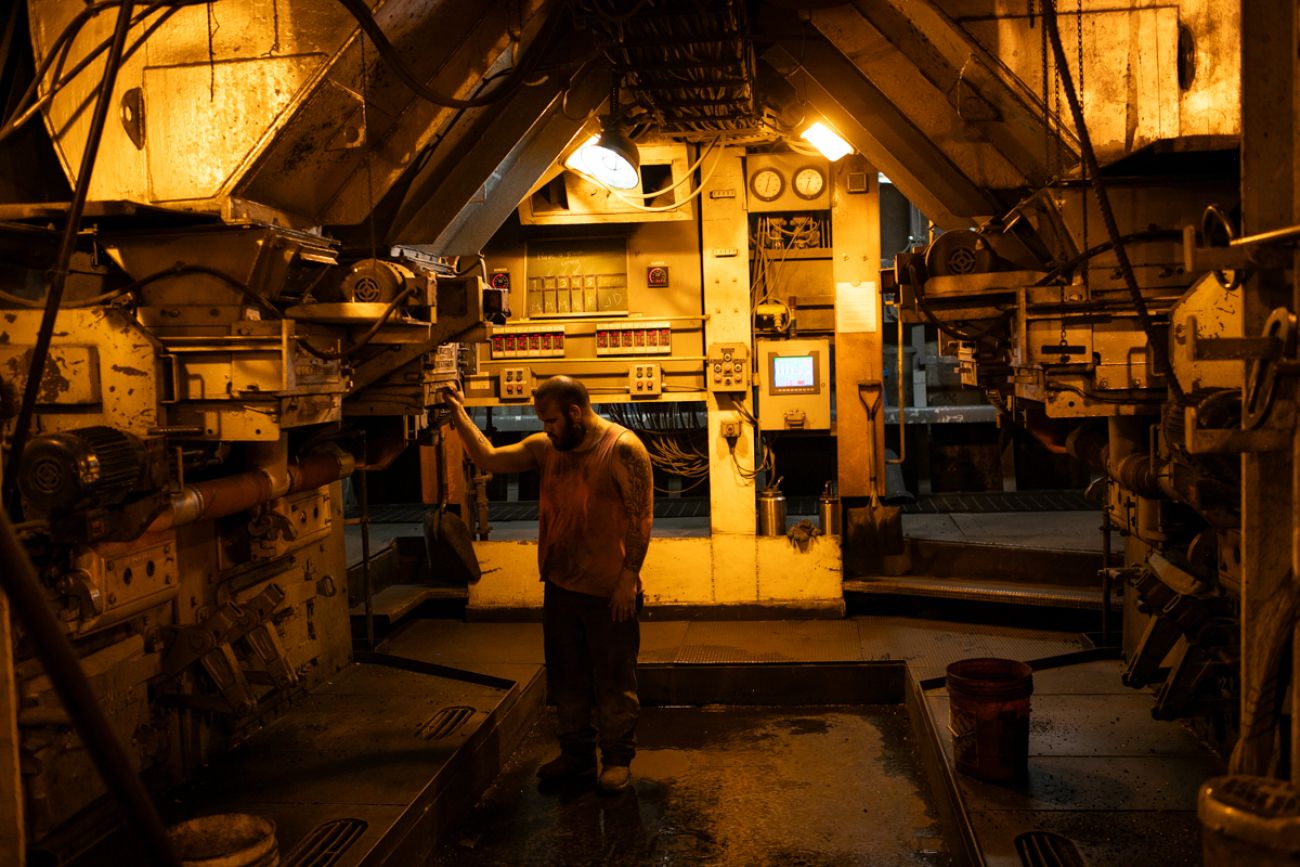
Inside the boiler room on the SS Badger, two workers maintain watch to ensure coal is burning correctly to superheat the steam that powers the ship’s massive engines. Here, Beto Ramirez tends to machinery that helps clean coal ash from inside the furnaces.

Onlookers gather to wave at the vessel.
Michigan Environment Watch
Michigan Environment Watch examines how public policy, industry, and other factors interact with the state’s trove of natural resources.
- See full coverage
- Subscribe
- Share tips and questions with Bridge environment reporter Kelly House
Michigan Environment Watch is made possible by generous financial support from:
Our generous Environment Watch underwriters encourage Bridge Michigan readers to also support civic journalism by becoming Bridge members. Please consider joining today.
See what new members are saying about why they donated to Bridge Michigan:
- “In order for this information to be accurate and unbiased it must be underwritten by its readers, not by special interests.” - Larry S.
- “Not many other media sources report on the topics Bridge does.” - Susan B.
- “Your journalism is outstanding and rare these days.” - Mark S.
If you want to ensure the future of nonpartisan, nonprofit Michigan journalism, please become a member today. You, too, will be asked why you donated and maybe we'll feature your quote next time!






